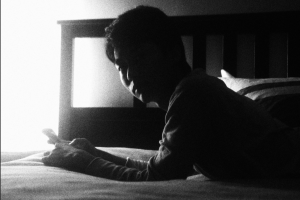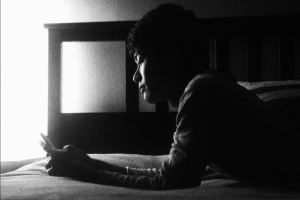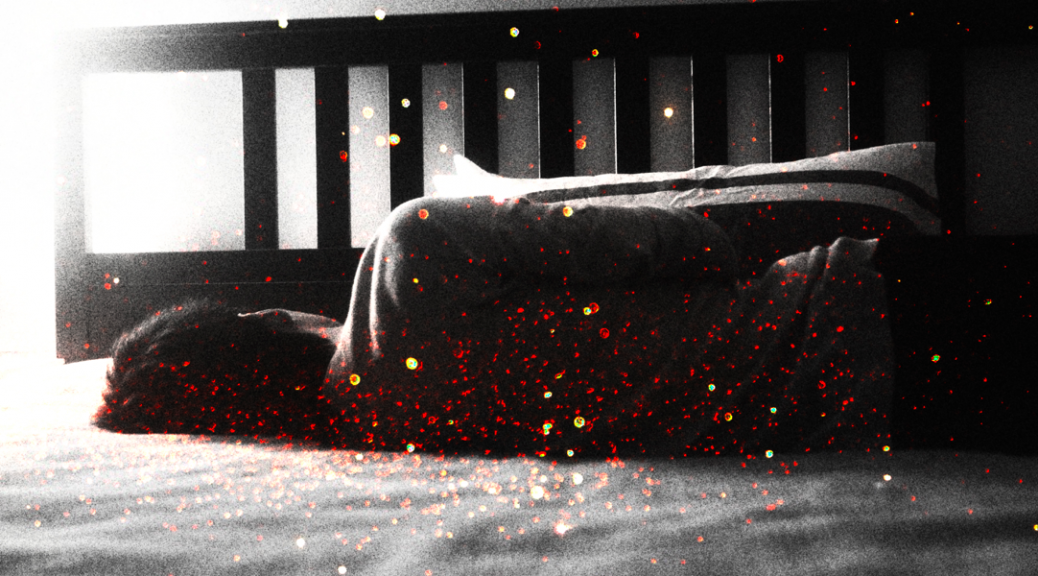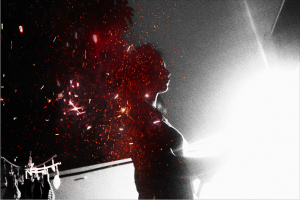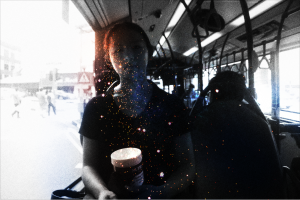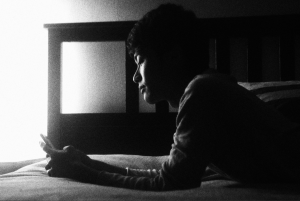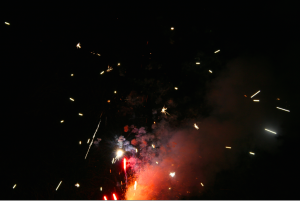The moment I stepped into Amar Kanwar’s The Sovereign Forest, I was bewildered, to say the least. The darkness of the room threw my senses into disarray as I tried to put together what I was experiencing. The first thing I was greeted with was The Scene of Crime (2011), which is a series of installation views that show the landscape of Odisha, east India; the area which Kanwar’s exhibition focuses on. The installation showed sequences of beautiful scenes – aesthetically pleasing, but did not leave that much of a strong impression (of course, I didn’t know the purpose of the exhibition, yet).
However, as I walked around in the darkness, things became clearer to me – both physically and mentally, as my eyes adjusted to the darkness and my mind started to understand what Kanwar’s message was. What I began to realise was that The Sovereign Forest was a commentary on feuds between government and the people, presenting stories of struggle surrounding industrial interventions and the issue of land ownership for the sake of materials like aluminium and bauxite.
The political aspects served as the context for the mounted rows of newspaper clippings and documents, the installation views (both The Scene of Crime and Love Story), and the books Kanwar has presented. He makes use of moving images and sequences coupled with writing and text, putting together two different story-telling ‘mediums’ (if you will) to weave together the intricate – and violent – conflicts of the local communities, government, and corporations. Often, when I think about stories and art together, I believe that the more naturally intricate and complicated a story is, the higher chance it will have of staying in my memory. The more thinking and effort the viewer has to put in to understand the work, the more memorable it will be – in my own opinion. And as a result, Kanwar has ingrained the name “Odisha” into my mind.
The Sovereign Forest allowed me to consider what it meant to truly tell a story. Despite the weighted reality of a violent humanity and the mixed dilemmas of environmental problems and displacement of the locals, I wanted to really question what it was that made the story such an important one for the viewer. Why do I remember the content of the stories told?
Indeed, the entire time I was within the darkness of Kanwar’s works, I was immersed. There aren’t really any other words to describe it. Even amongst the other people roaming the room, my senses were automatically tuned into the lighted books and displays. The words of those passed still float in my head. I still think of Nidhan’s comparison of cutting to the conflicts of the land.
A good story is a gripping story – where your world disappears and you sink into the thoughts of the storyteller. My own Foundation 4D explorations centre a lot around the concept of memory and the metaphysical condition of the mind ‘losing’ something. Kanwar’s exhibition largely revolves around the notion of what was before, leaving the viewer open to think about the destruction that followed the industrial activities of Odisha. The Sovereign Forest is also very much about what was lost. From the lists of farmers who have committed suicide to the people who have died for the purpose of what they believed in; Kanwar’s works all echo the same element of human experiences – the effect of time. The layers of text, videos, photography, seeds, and other such elements suggest what was, what is, and what will come. In effect, the essence of a story.



















